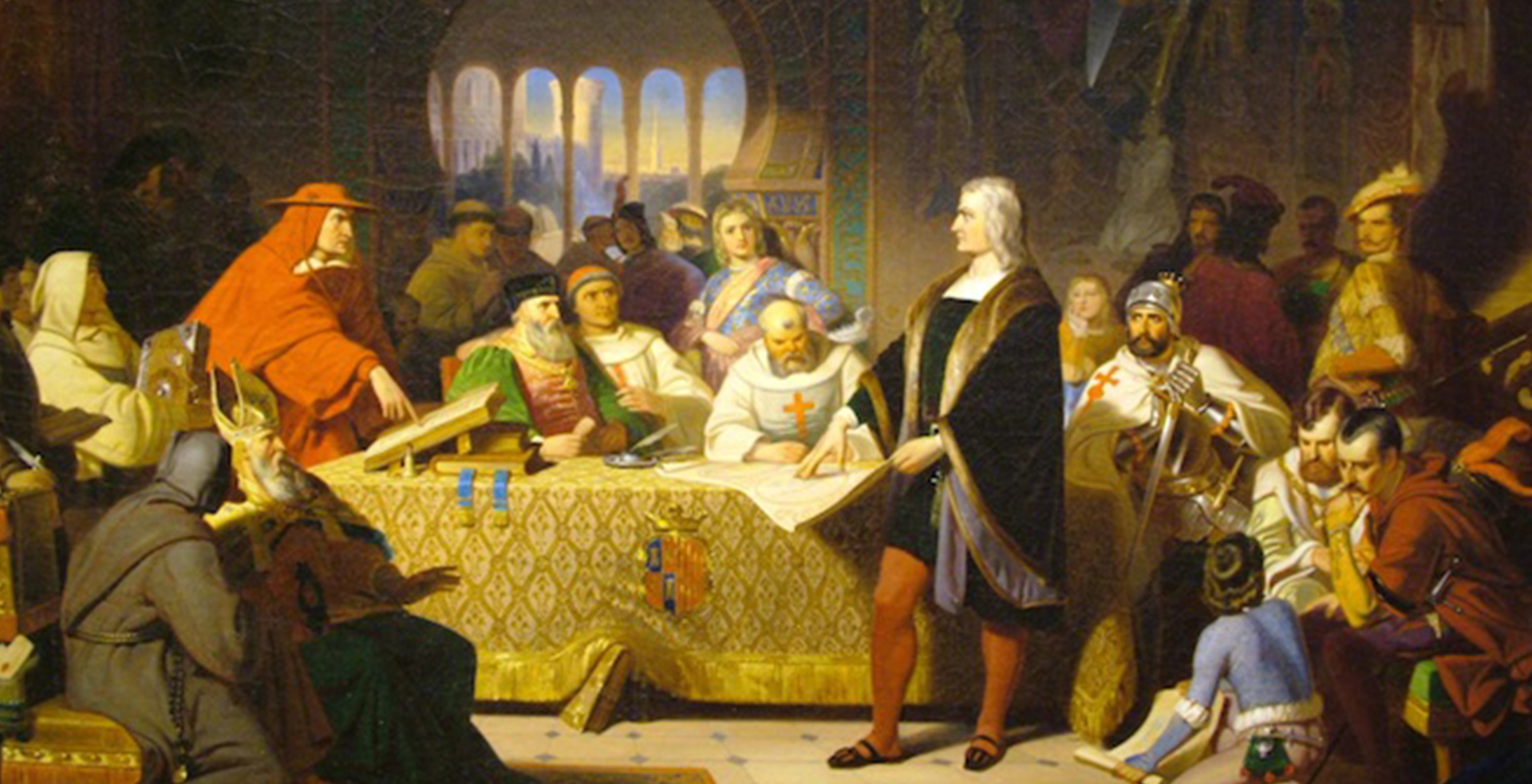READING PASSAGE 3
You should spend about 20 minutes on Questions 26-40, which are based on Reading Passage 3 below.

The Art of History
1 The earliest stage of writing is called pre-writing or proto-literary, and depends on direct representation of objects, rather than representing them with letters or other symbols. Evidence for this stage, in the form of rock and cave paintings, dates back to about 15,000 years ago, although the exact dates are debatable. This kind of proto-literate cave painting has been found in Europe, with the best known examples m South-Western France, but also in Africa and on parts of the American continent. These petrographs (pictures on rock) show typical scenes of the period, and include representations of people, animals and activities. Most are astonishingly beautiful, with a vibrancy and immediacy that we still recognise today. They are painted with pigments made from natural materials including crushed stones and minerals, animal products such as blood, ashes, plant materials of all kinds, and they produce a wide range of colours and hues.
2 Why did ancient people put such effort into making them? Various theories have been put forward, but the most compelling include the idea that the pictures were records of heroic deeds or important events, that they were part of magical ceremonies, or that they were a form of primitive calendar, recording the changes in the seasons as they happened. These, then, are all explanations as to why man started to write.
3 A related theory suggests that the need for writing arose thereafter from the transactions and bartering that went on. In parts of what is now Iraq and Iran, small pieces of fired earth – pottery – have been found which appear to have been used as tokens to represent bartered objects, much as we use tokens in a casino, or money, today. Eventually, when the tokens themselves became too numerous to handle easily, representations of the tokens were inscribed on day tablets.
4 An early form of writing is the use of pictograms, which are pictures used to communicate. Pictograms have been found from almost every part of the world and every era of development, and are still in use in primitive communities nowadays. They represent objects, ideas or concepts more or less directly. They tend to be simple in the sense that they are not a complex or full picture, although they are impressively difficult to interpret to an outsider unfamiliar with their iconography, which lends to be localised, and to differ widely form society to society. They were never intended to be a detailed testimony which could be interpreted by outsiders, but to serve instead as aide-memoires to the author, rather as we might keep a diary in a personal shorthand. However, some modem pictograms are more or less universally recognised, such as the signs which indicate men’s and women’s toilets, or road signs, which tend to be very similar throughout the world.
5 The first pictograms that we know of are Sumerian in origin, and date to about 8000 BC. They show how images used to represent concrete objects could be expanded to include abstractions by adding symbols together, or using associated symbols. One Sumerian pictogram, for example, indicates ‘death’ by combining the symbols for ‘man’ and winter’; another shows ‘power’ with the symbol for a man with the hands enlarged.
6 By about 5,000 years ago, Sumerian pictograms had spread to other areas, and the Sumerians had made a major advance towards modern writing with the development of the rebus principle, which meant that symbols could be used to indicate sounds. This was done try using a particular symbol not only for the thing it originally represented, but also for anything which was pronounced in a similar way. So the pictogram for na (meaning ‘animal’) could also be used to mean ‘old’ (which was also pronounced na). The specific meaning of the pictogram (whether na meant ‘old’ or animal j could only be decided through its context.
7 It is a short step from this to the development of syllabic writing using pictograms, and this next development took about another half a century. Now the Sumerians would add pictograms to each other, so that each, representing an individual sound – or syllable – formed part of a larger word. Thus pictograms representing the syllables he, na and mi (‘mother’, ‘old’, my’) could be put together to form henami or ‘grandmother’